Home>Garden Essentials>How To Save Coleus Seeds
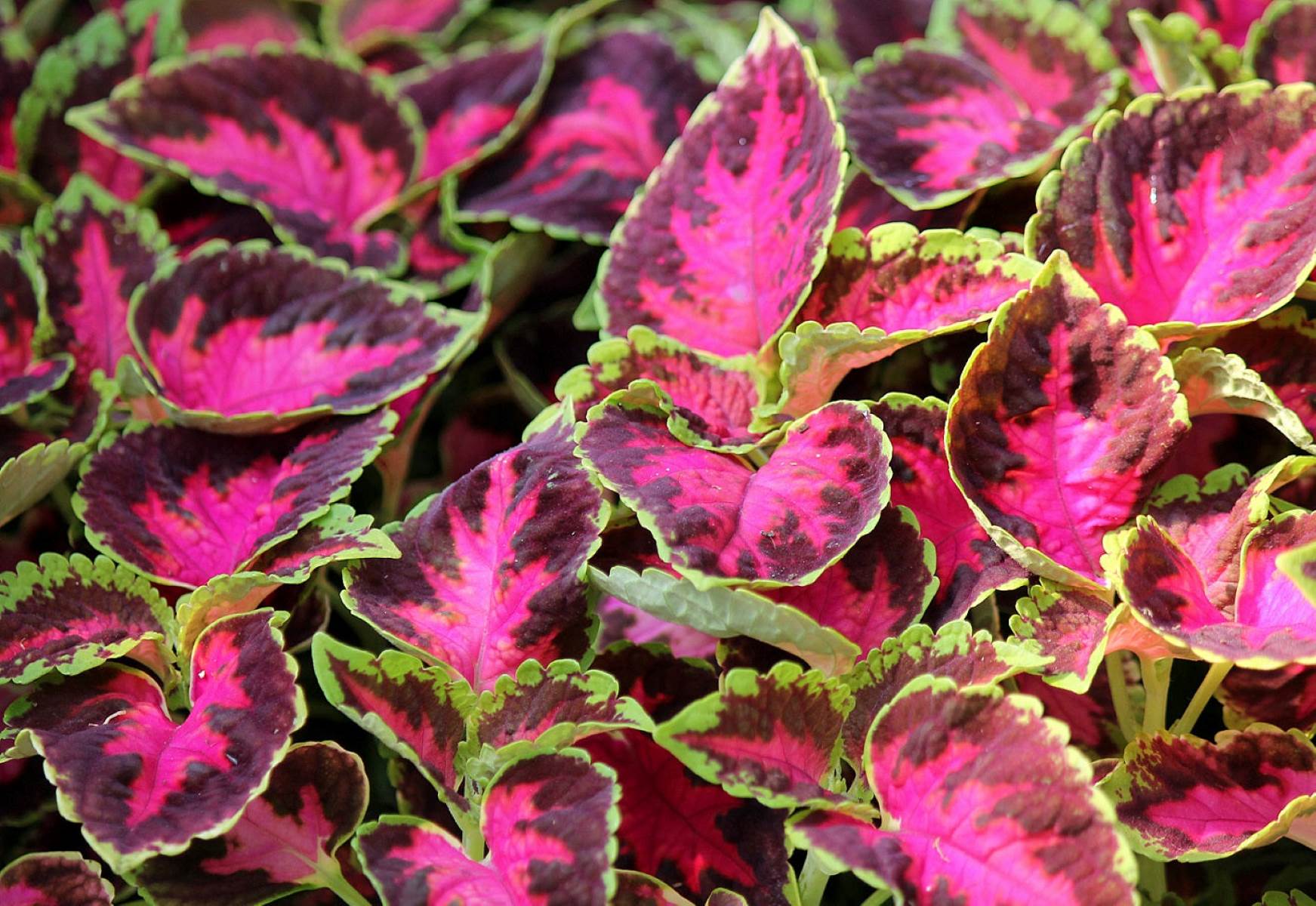

Garden Essentials
How To Save Coleus Seeds
Modified: March 16, 2024
Learn how to save Coleus seeds in your garden and ensure a successful future harvest. Expert tips and techniques for seed saving.
(Many of the links in this article redirect to a specific reviewed product. Your purchase of these products through affiliate links helps to generate commission for Storables.com, at no extra cost. Learn more)
Introduction
Welcome to the world of coleus seeds! If you have a passion for gardening, you may have come across these vibrant and versatile plants. Coleus, also known as Solenostemon, is popular for its colorful foliage and ability to thrive in both indoor and outdoor settings.
While purchasing new coleus plants from nurseries or garden centers is convenient, there is a certain joy and satisfaction in growing plants from seeds. Not only does it give you a sense of accomplishment, but it also allows you to explore a wider variety of coleus cultivars.
In this article, we will guide you through the process of saving coleus seeds. You will learn when and how to harvest the seeds, as well as how to clean and store them properly. By the end, you’ll be equipped with the knowledge to successfully save and propagate coleus seeds, ensuring an endless supply of these beautiful plants!
Key Takeaways:
- Coleus seeds are small structures containing genetic information for growing new plants. They come in various shapes, sizes, and colors, and may produce seedlings with unique traits due to genetic diversity.
- Harvest coleus seeds after the pods turn brown and dry, ensuring their maturity. Clean and store the seeds in a cool, dry place, and consider sharing them with other gardeners to expand your collection.
Read more: What Do Coleus Seeds Look Like
Understanding Coleus Seeds
Before we delve into the process of saving coleus seeds, it’s essential to understand what coleus seeds are and how they work. Coleus seeds are small reproductive structures produced by the coleus plant. They contain the genetic information necessary to grow a new coleus plant.
Coleus seeds come in a variety of shapes, sizes, and colors, depending on the specific coleus cultivar. Some seeds can be quite tiny, resembling specks of dust, while others may be larger and more noticeable. The color of coleus seeds can range from black to brown, depending on the variety.
Each coleus seed consists of a protective outer shell, known as the seed coat, which encloses the embryo and endosperm. The embryo is the small, undeveloped version of the plant, while the endosperm provides nutrients for the growing seedling until it can establish its own root system.
It’s important to note that coleus seeds are usually not true to the parent plant. This means that the seedlings that sprout from the saved seeds may have variations in color and leaf patterns compared to their parent. This is because coleus plants are known for their genetic diversity, and cross-pollination between different coleus cultivars can result in unique combinations of traits.
Understanding the characteristics of coleus seeds is crucial when it comes to saving and sowing them. By knowing what to expect from the seeds, you can make informed decisions and enjoy the surprises that come with growing coleus plants from saved seeds.
When to Harvest Coleus Seeds
The timing for harvesting coleus seeds is crucial to ensure their maturity and viability. Coleus plants typically produce seeds after the flowering phase. The flowers of coleus plants are small and inconspicuous and may not be immediately noticeable, so it’s important to keep an eye out for them.
Once the coleus flowers have bloomed and started to fade, they will eventually develop seed pods. These seed pods contain the coleus seeds. It’s important to allow the seed pods to fully mature before harvesting the seeds. This is indicated by the pod turning brown and becoming dry and brittle.
To determine if the seed pods are ready for harvest, gently squeeze them between your fingers. If they crack open easily and release the seeds, it’s a clear indication that they are mature and ready for collection. If the pods are still firm and do not release the seeds, give them some more time to dry on the plant.
Keep in mind that the time it takes for coleus seeds to mature can vary depending on the variety, environmental conditions, and growing season. On average, it can take anywhere from 8 to 12 weeks from the time the flowers fade for the seed pods to reach full maturity.
It’s also important to avoid harvesting the seeds too early, as immature seeds may not germinate successfully. Patience is key when it comes to saving coleus seeds.
Once you’ve determined that the seed pods are fully mature, it’s time to proceed with the harvesting process. Let’s explore how to do it effectively in the next section.
How to Harvest Coleus Seeds
Harvesting coleus seeds is a simple process that involves collecting the dry and mature seed pods. Here’s a step-by-step guide to help you through the process:
- Observe the coleus plants: Keep an eye on the plants for the development of seed pods. Look for pods that have turned brown and appear dry.
- Gently squeeze the pods: Once you’ve identified mature pods, gently squeeze them between your fingers. If they crack open easily and release the seeds, it’s a sign that they are ready for harvest.
- Collect the seed pods: Carefully pluck the seed pods from the plant, making sure not to drop any seeds in the process. You can use your fingers or small scissors to detach the pods.
- Place the seed pods in a container: Collect all the seed pods in a clean and dry container. A paper bag or envelope works well for this purpose. Label the container with the variety and date of harvest for future reference.
- Allow the pods to dry further: Place the container with the seed pods in a dry and well-ventilated area. Leave them undisturbed for about a week or until the pods are completely dry. This additional drying time ensures that the seeds are fully mature and will store well.
- Remove the seeds from the pods: Once the seed pods are dry, gently break them open to release the coleus seeds. Be careful not to damage the seeds in the process. You can use your fingers or a small tool to extract the seeds from the pods.
- Discard any damaged or moldy seeds: Inspect the extracted seeds and discard any that appear damaged or moldy. Only retain the healthy and viable seeds for saving.
By following these simple steps, you can effectively harvest coleus seeds and ensure their quality for future propagation. Now, let’s move on to the next important step: cleaning and storing the coleus seeds.
After the coleus plant blooms, allow the flowers to dry on the plant. Once the flowers have dried, collect the seeds and store them in a cool, dry place for planting next season.
Cleaning and Storing Coleus Seeds
After harvesting coleus seeds, it’s important to clean and properly store them to maintain their viability and longevity. Here’s how to clean and store coleus seeds:
- Clean the seeds: To remove any debris or plant material from the seeds, you can use a fine sieve or a piece of mesh. Gently shake the seeds in the sieve or mesh to separate them from any impurities. This step helps ensure that you save only clean and healthy seeds.
- Air dry the seeds: After cleaning the seeds, spread them out on a clean and dry paper towel or a mesh screen. Allow the seeds to air dry completely in a cool and well-ventilated area. This can take anywhere from a few days to a week, depending on the humidity levels.
- Label and store the seeds: Once the seeds are thoroughly dried, transfer them to small envelopes or airtight containers. Label each container with the variety and date of harvest. Storing the seeds in a cool, dark, and dry location, such as a refrigerator or a cool basement, can help extend their shelf life.
- Monitor the seeds: It’s a good practice to periodically check on the stored seeds to ensure that they remain dry and free from any moisture or mold. If you notice any signs of moisture or mold, discard those seeds to prevent them from affecting the others.
- Seed viability: It’s important to note that coleus seeds can remain viable for several years if stored properly under the right conditions. However, their germination rate may decline over time. Performing a seed viability test before sowing can help determine the germination rate and ensure better success.
By following these steps, you can clean and store your coleus seeds effectively, ensuring their longevity and increasing the chances of successful germination when you’re ready to sow them.
Read more: How To Save Cantaloupe Seeds
Tips for Successful Coleus Seed Saving
To maximize your success in saving coleus seeds, here are some additional tips to keep in mind:
- Choose healthy parent plants: To ensure the highest quality seeds, select healthy parent plants that exhibit the traits you desire. Avoid using seeds from weak or diseased plants.
- Isolate different varieties: If you have multiple coleus varieties in your garden, consider isolating them from one another to prevent cross-pollination. This will help maintain the purity of each variety and produce more consistent seeds.
- Harvest seeds from multiple plants: To increase genetic diversity and obtain a wider range of traits, harvest seeds from several different coleus plants of the same variety.
- Keep records: Keeping detailed records of the coleus varieties, dates of harvest, and any pertinent information about the growing conditions can be beneficial for future reference and selection.
- Experiment with different harvesting times: If you’re interested in exploring the range of color and leaf patterns in coleus, try harvesting seeds at different stages of maturity. This experimentation can lead to exciting and unique variations in the offspring.
- Share or exchange seeds: If you have an abundance of coleus seeds, consider sharing them with fellow gardeners or participating in seed exchanges. This not only fosters community but also expands your collection of coleus varieties.
- Practice proper seed storage techniques: As mentioned earlier, keep the seeds in a cool, dark, and dry location. Ensure that the containers or envelopes are airtight to prevent moisture and air from reaching the seeds.
- Labeling is key: Accurately label each container or envelope with the variety name and harvest date. This will help you keep track of the seeds and avoid confusion in the future.
- Learn from your experiences: Reflect on your seed saving efforts and make adjustments based on your observations and results. With time and practice, you’ll become more proficient in saving coleus seeds.
By following these tips, you’ll be able to enhance your coleus seed saving skills and develop a diverse collection of coleus varieties tailored to your unique gardening preferences.
Conclusion
Saving coleus seeds is a rewarding and enjoyable process that allows you to expand your plant collection and unleash your creativity in the garden. By understanding the lifecycle of coleus plants and following proper harvesting, cleaning, and storage techniques, you can successfully save and propagate coleus seeds.
Remember, the journey of saving coleus seeds begins with observing the development of seed pods and knowing when they are ripe for harvesting. By patiently waiting for the pods to turn brown and dry, you can ensure the maturity and viability of the seeds.
Once you’ve harvested the seed pods, proper cleaning and air drying are essential to remove debris and ensure the seeds are in optimal condition for storage. By labeling and storing the seeds in a cool and dry location, you can extend their shelf life and maintain their viability for future use.
With practice and experimentation, you can explore the fascinating range of colors and patterns that coleus plants offer. By saving seeds from healthy parent plants and implementing proper isolation techniques, you can preserve the genetic diversity and characteristics of your favorite coleus varieties.
Don’t forget to share your seeds with fellow gardeners and participate in seed exchanges to expand your collection and contribute to the gardening community. With each successful seed saving endeavor, you’ll gain knowledge and confidence in the art of saving coleus seeds.
So, whether you’re an experienced gardener or just starting out, give coleus seed saving a try. Discover the joy of growing and nurturing plants from seeds, and enjoy the beauty and diversity that coleus plants bring to your garden.
Happy coleus seed saving!
Frequently Asked Questions about How To Save Coleus Seeds
Was this page helpful?
At Storables.com, we guarantee accurate and reliable information. Our content, validated by Expert Board Contributors, is crafted following stringent Editorial Policies. We're committed to providing you with well-researched, expert-backed insights for all your informational needs.
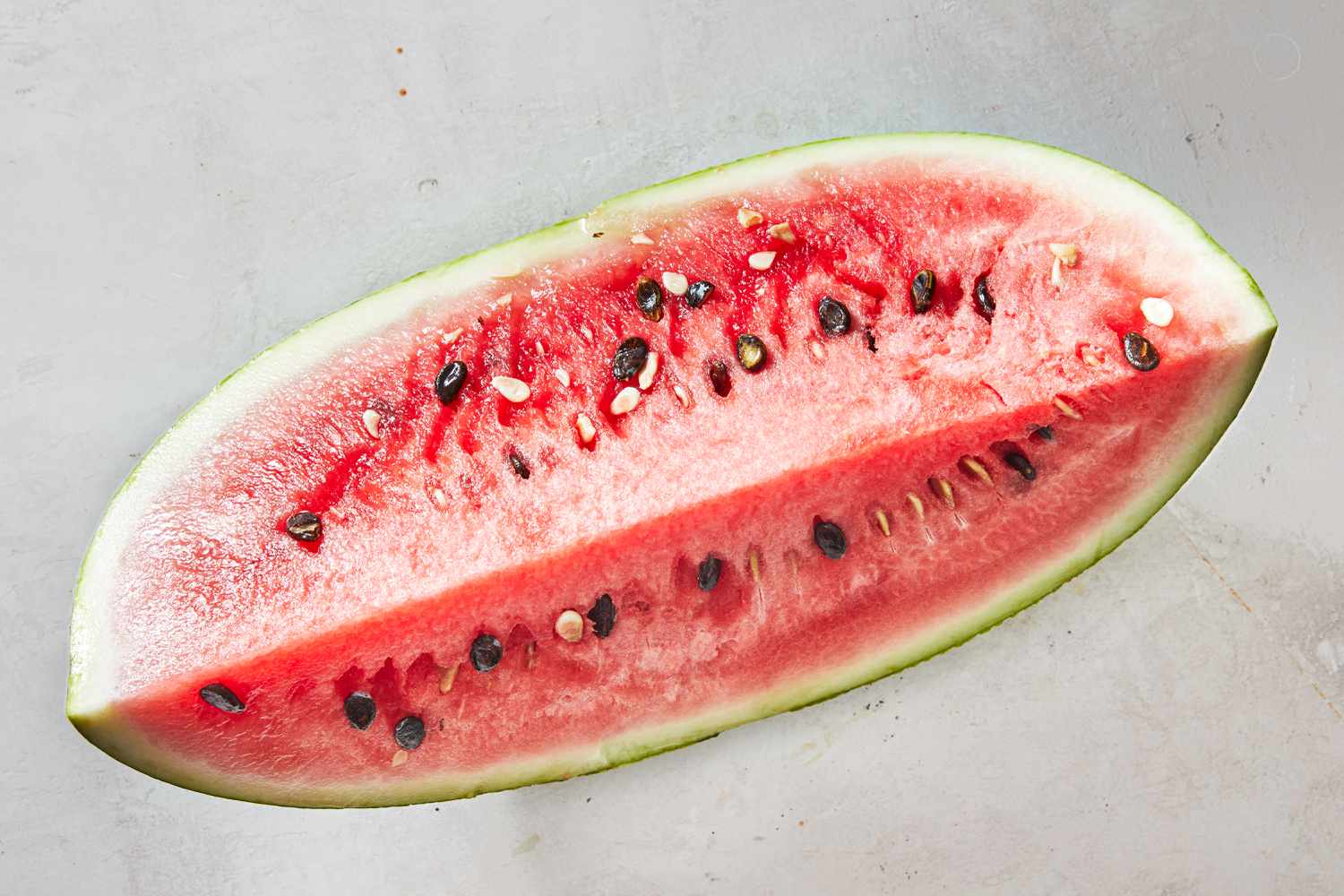
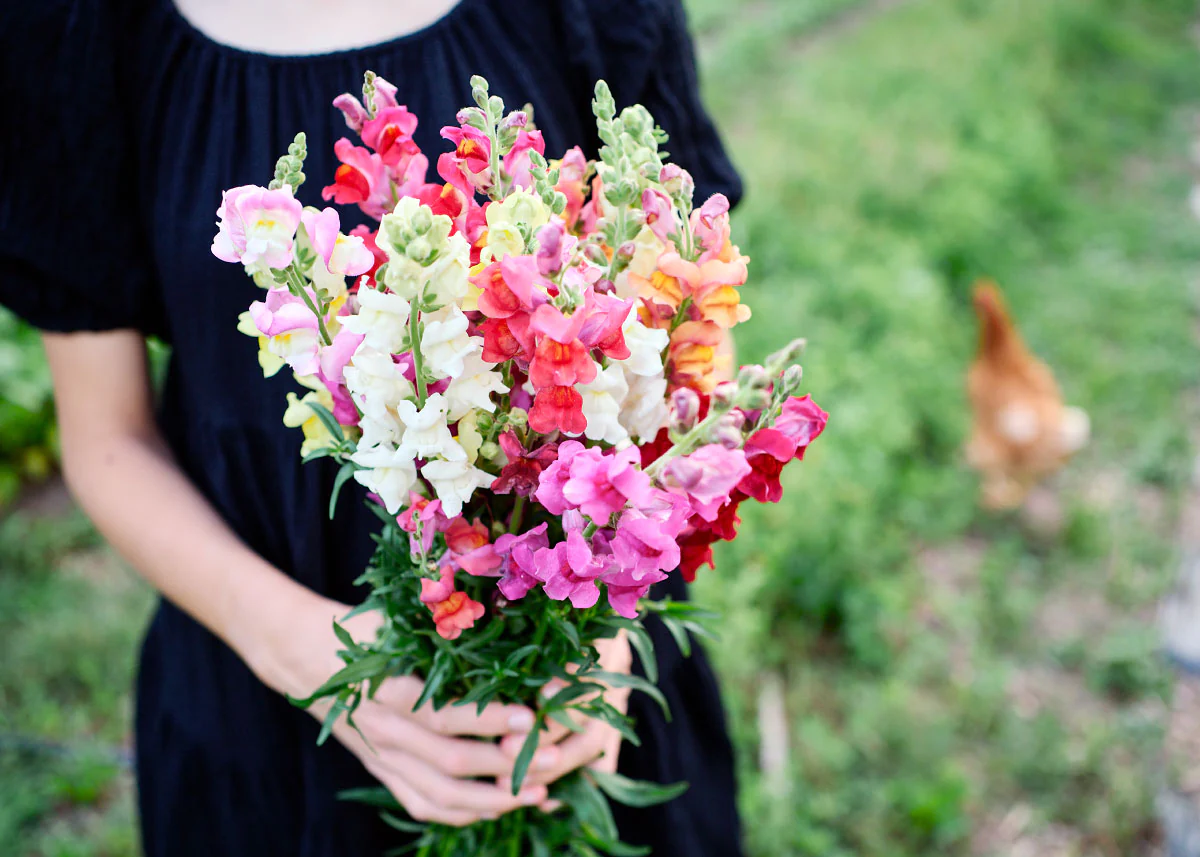
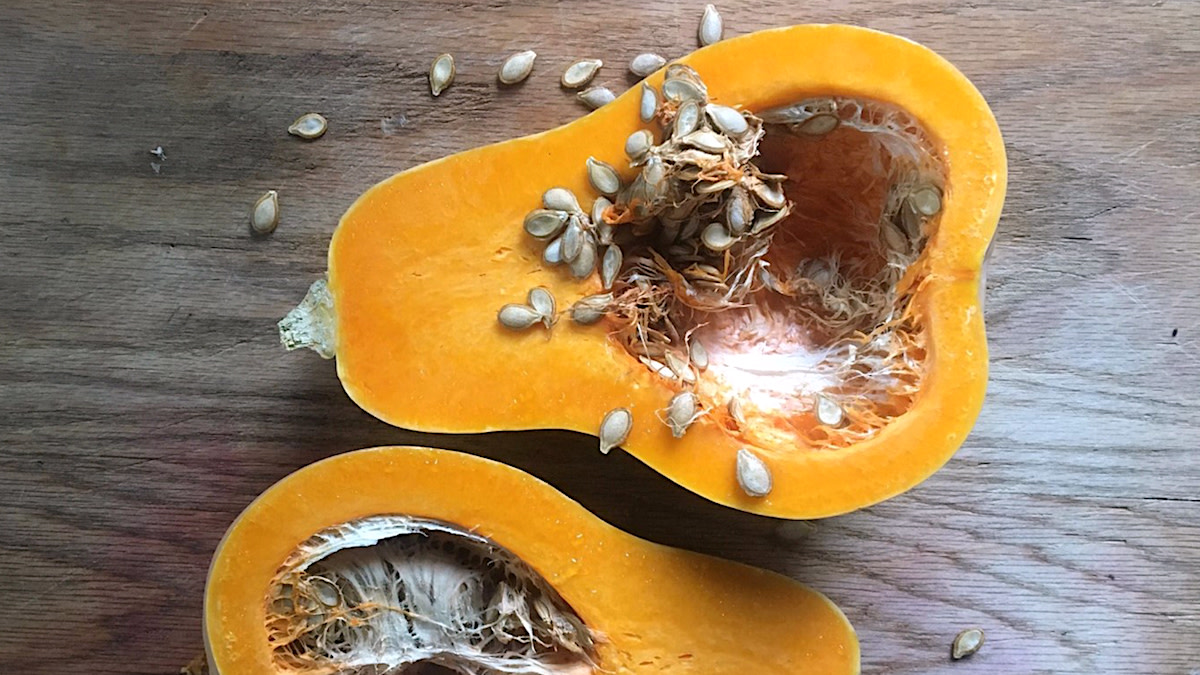
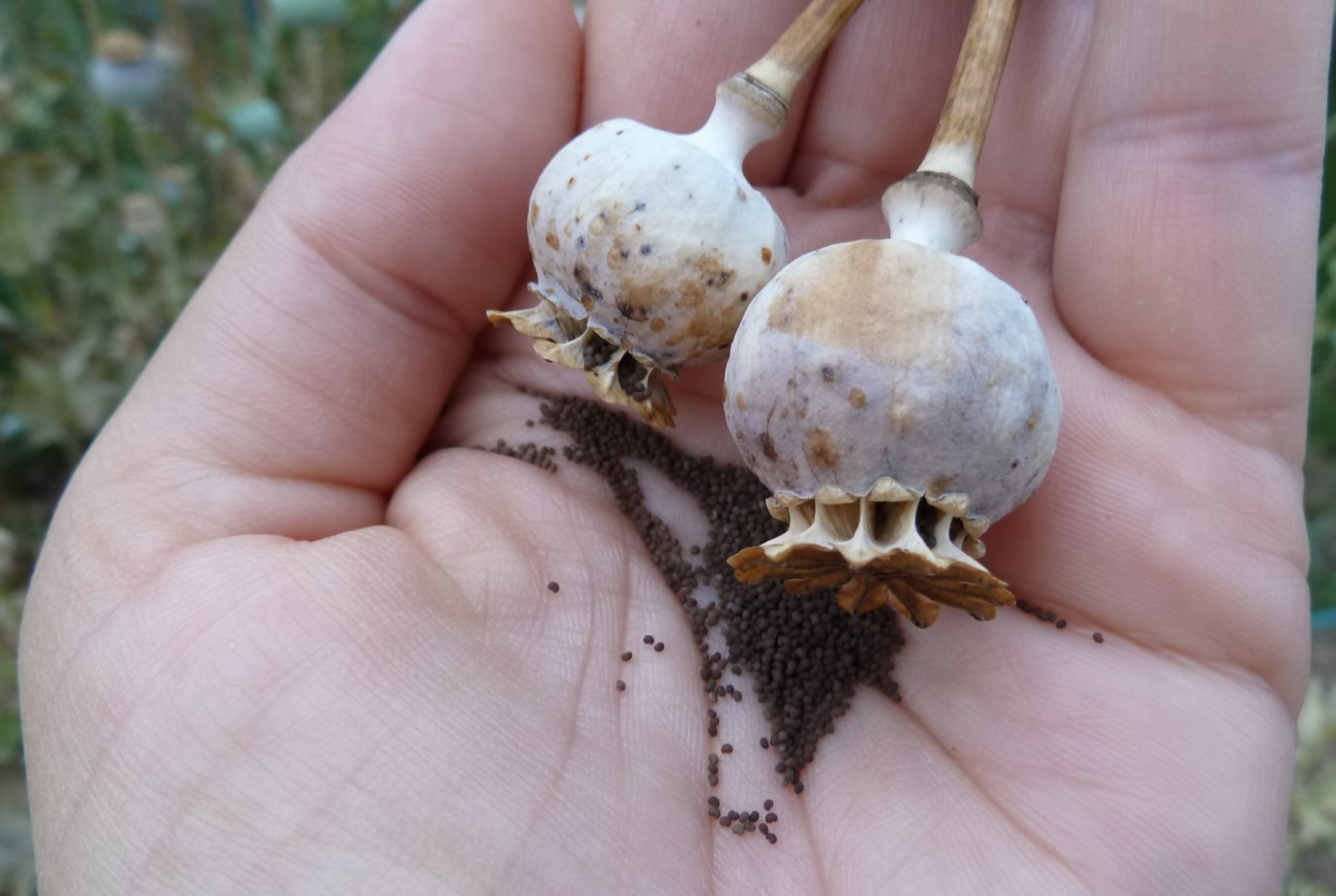
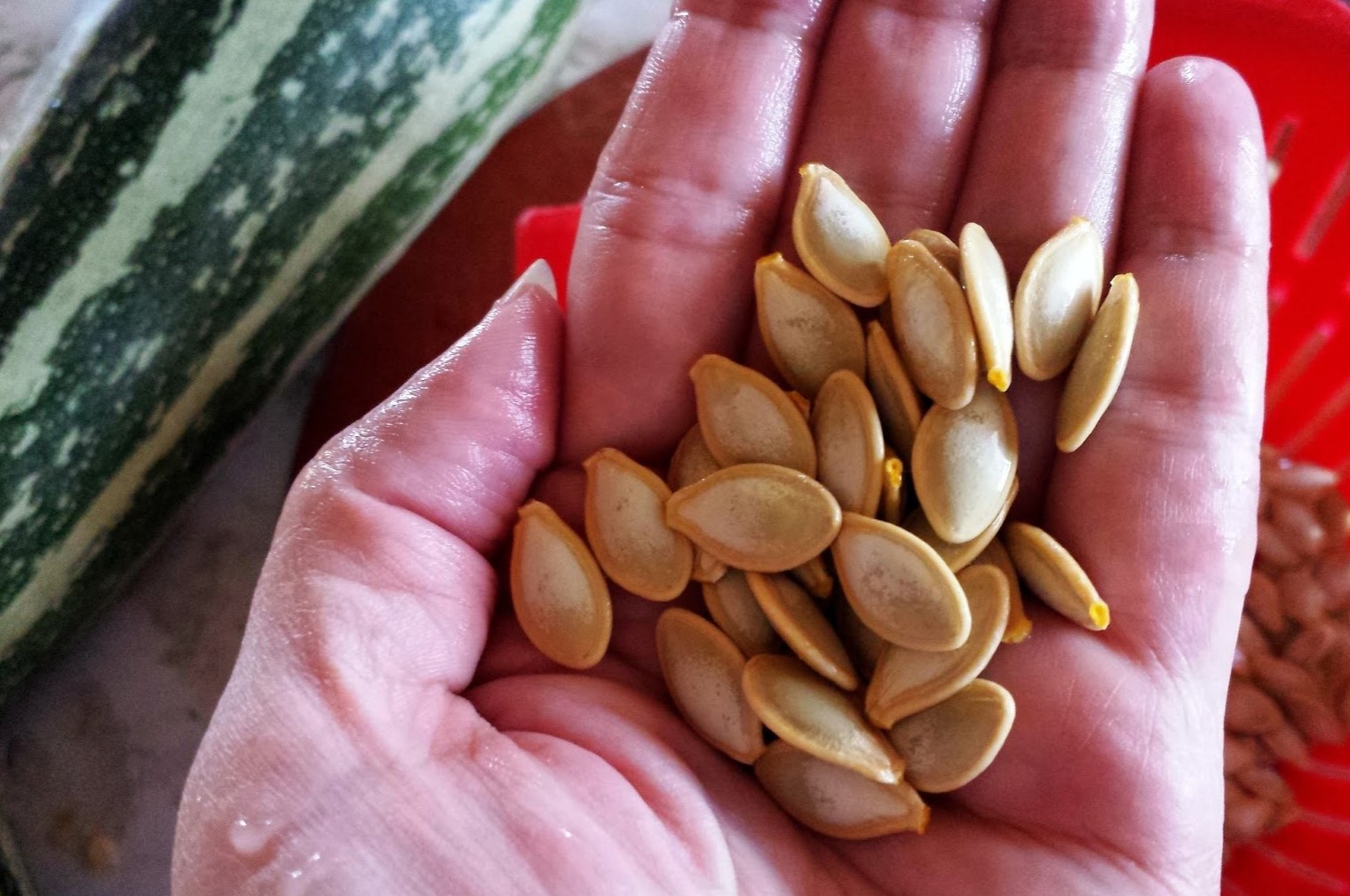
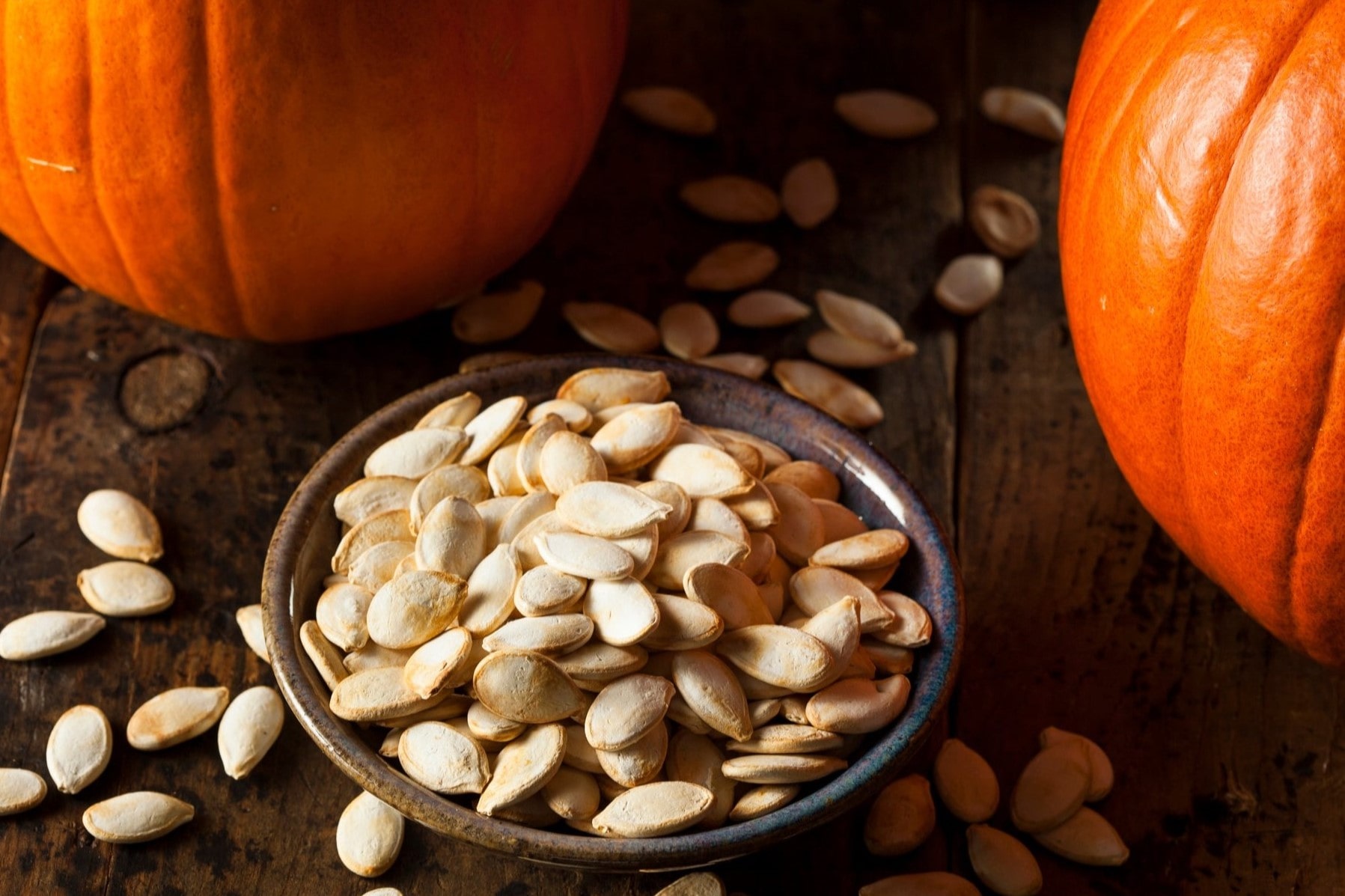
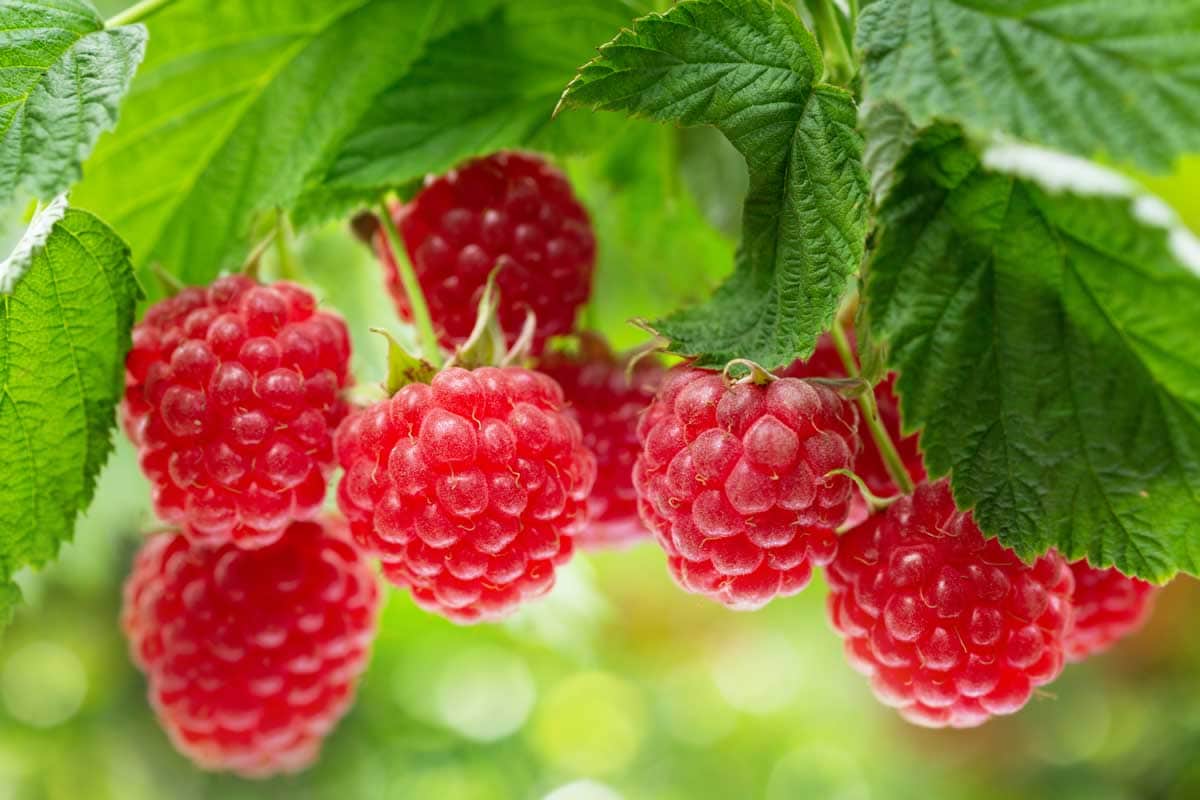
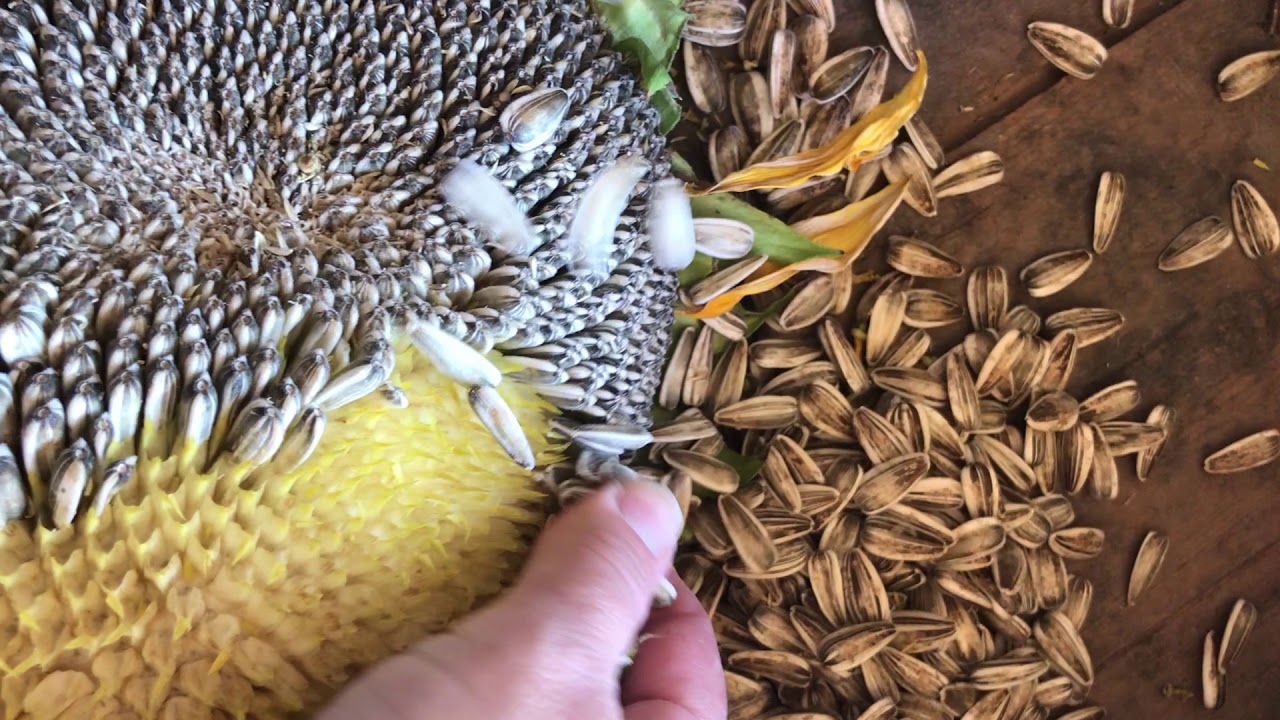
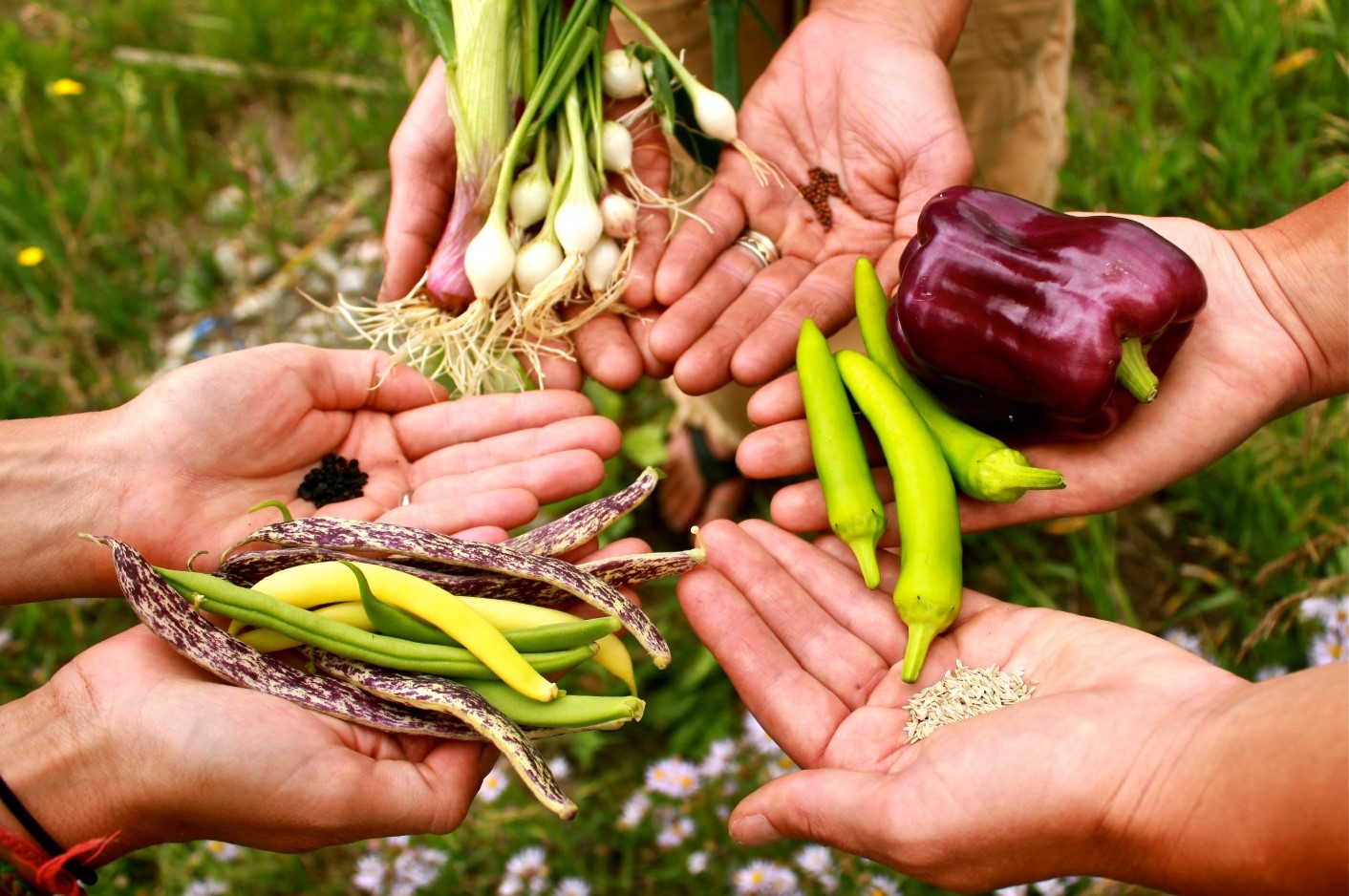
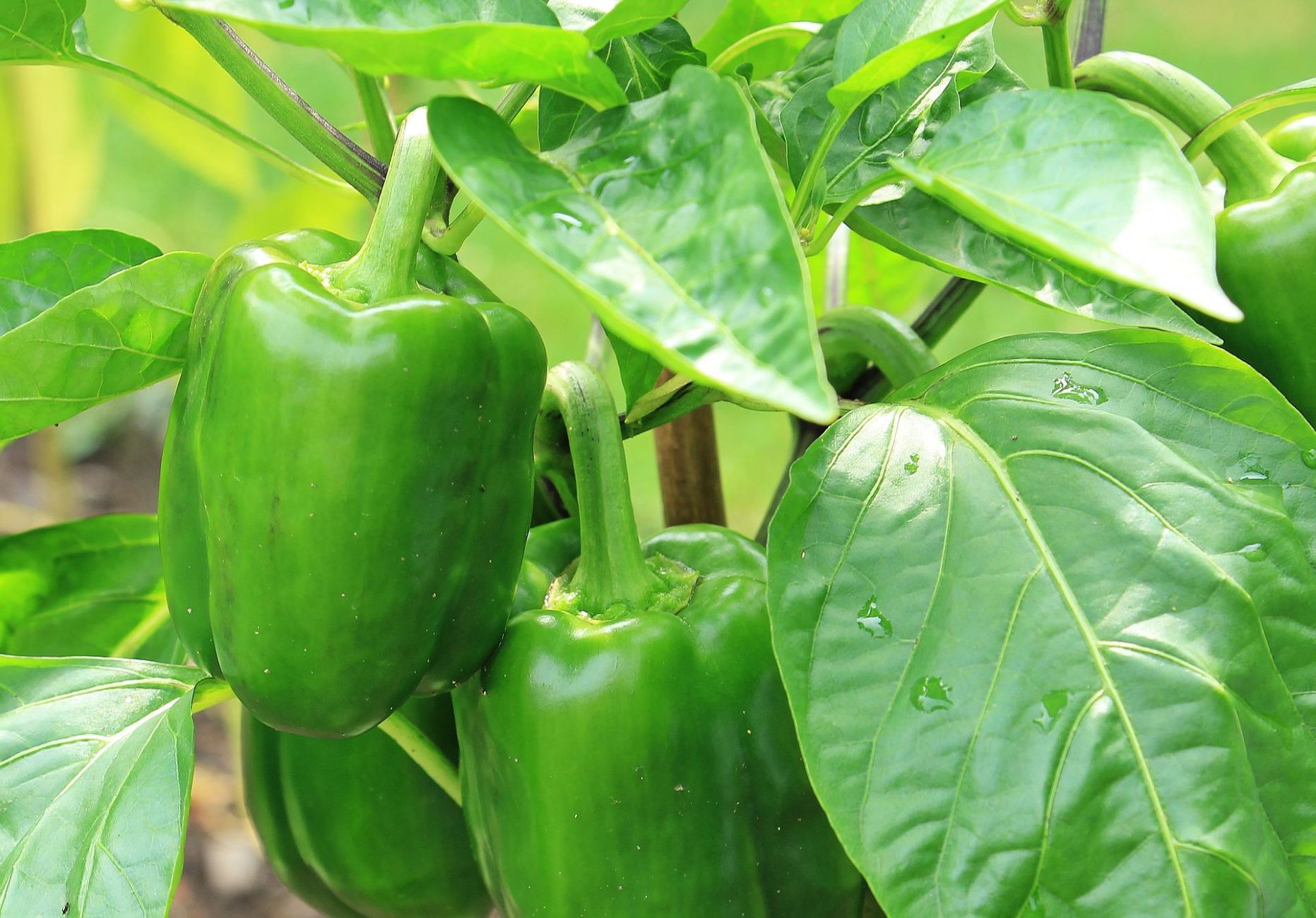
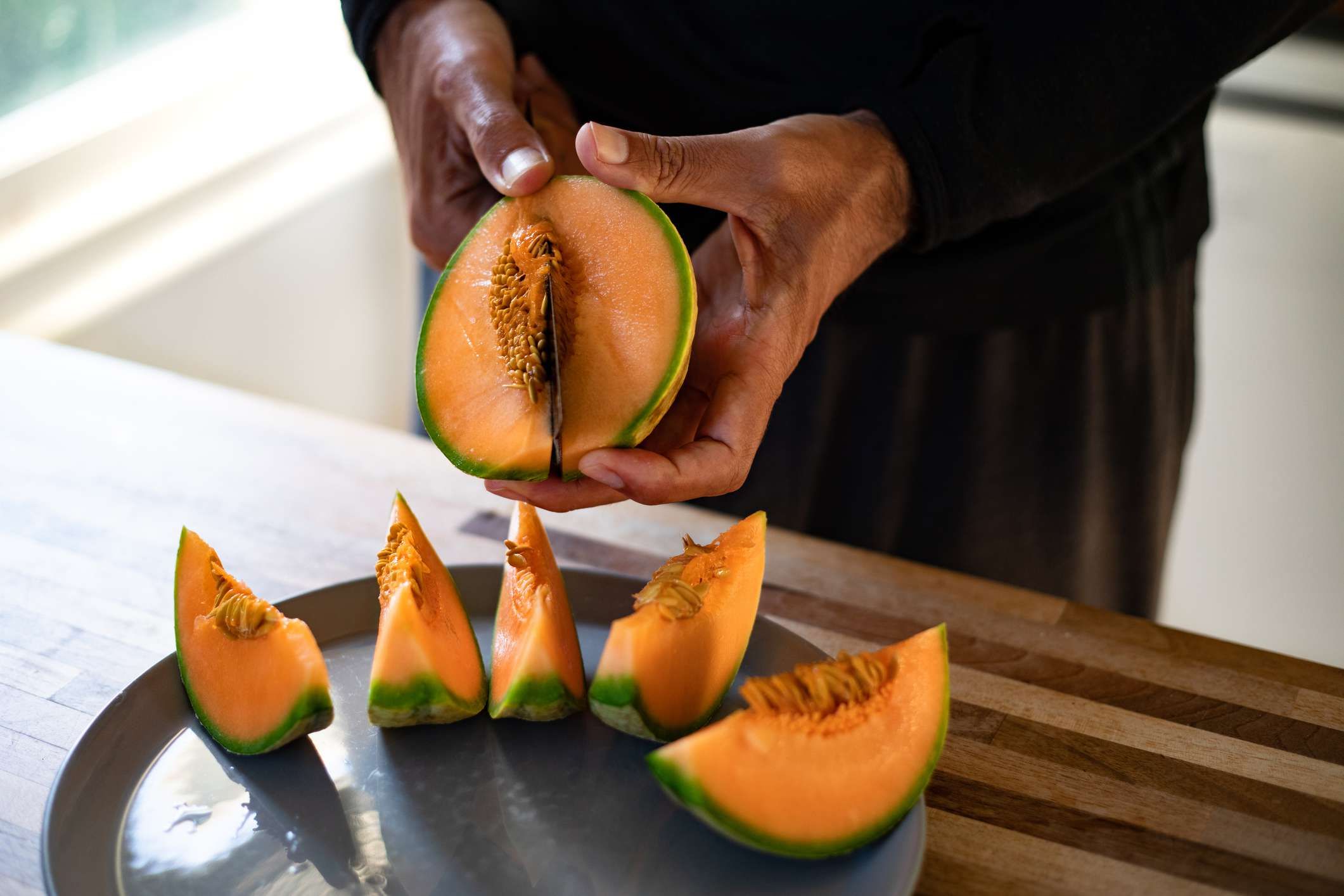
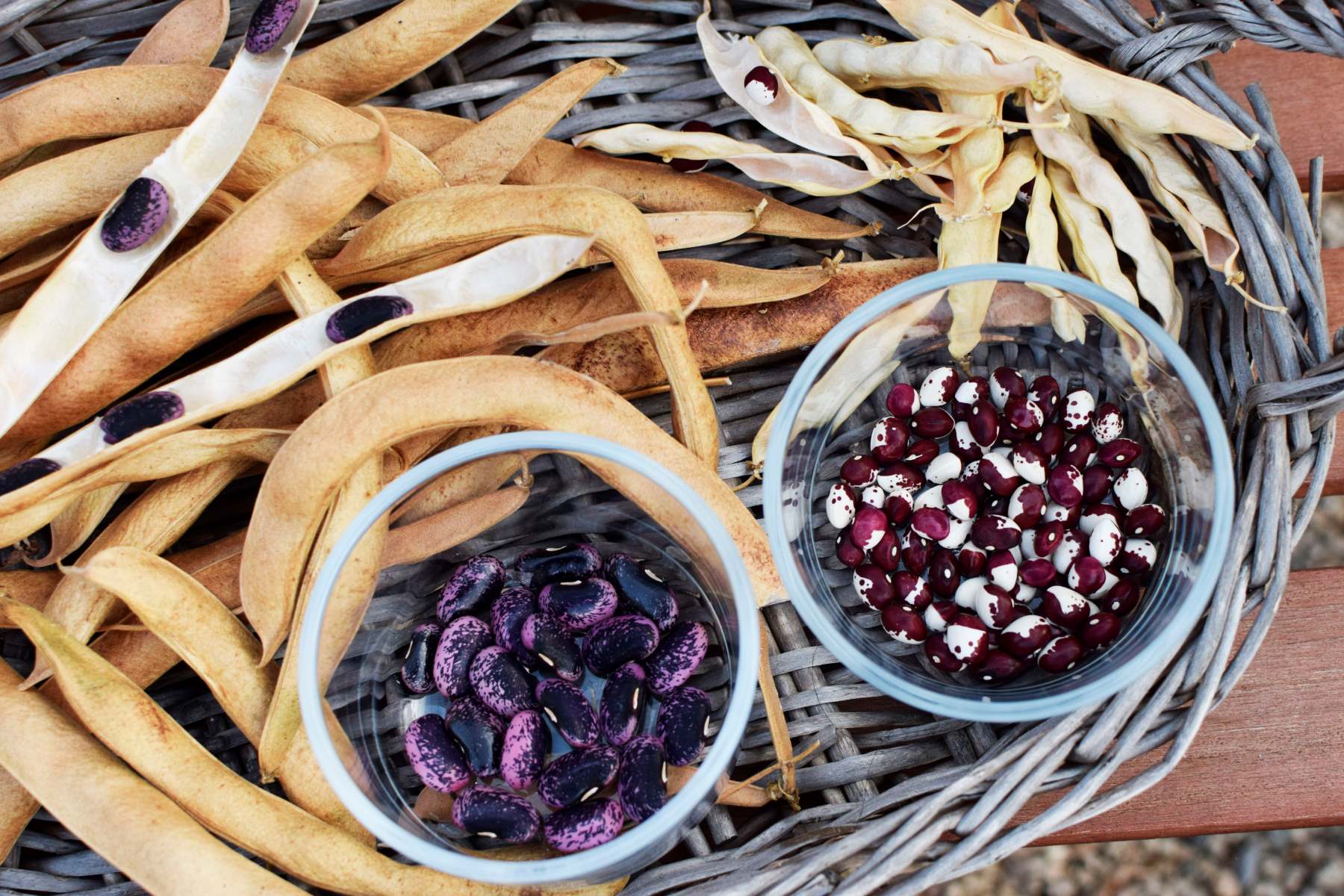
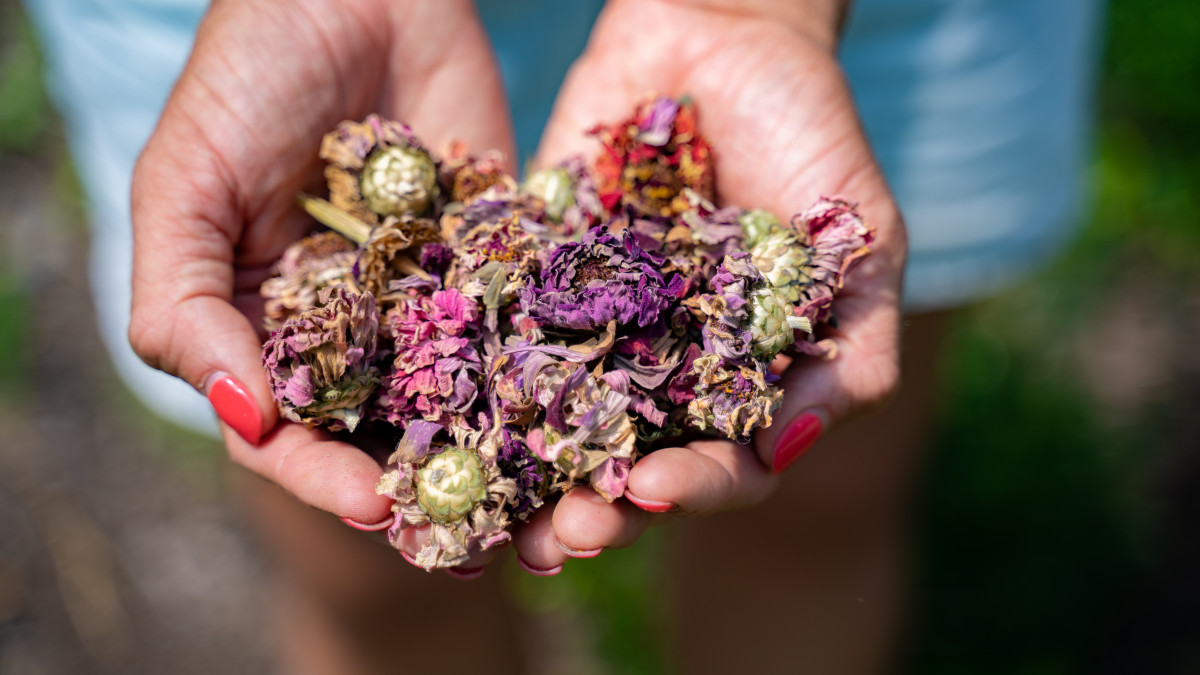
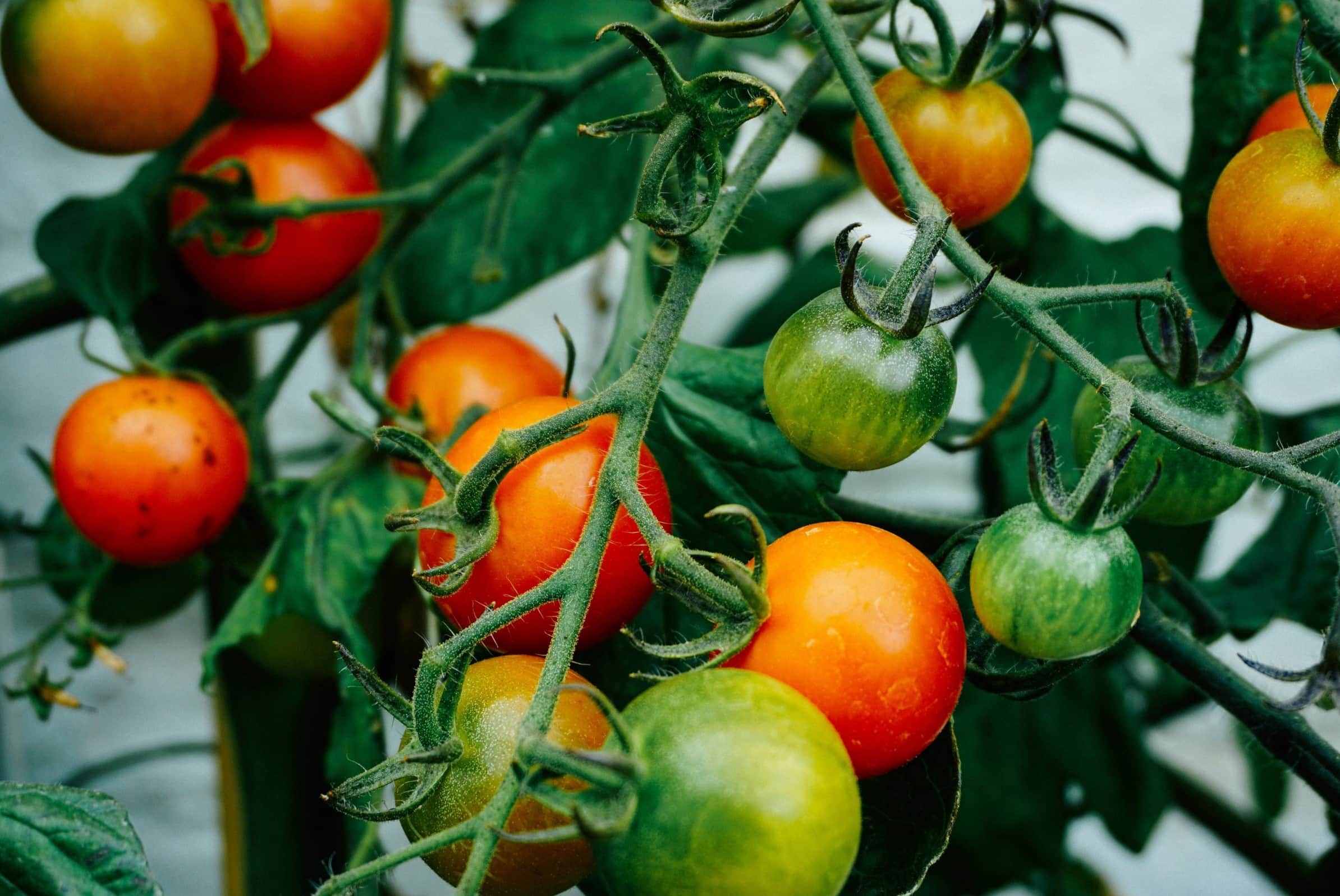

0 thoughts on “How To Save Coleus Seeds”